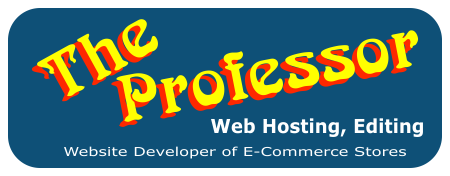Optimize images, use a content delivery network (CDN), minimize HTTP requests, enable browser caching, and compress files. Ensure your hosting provider offers good performance.
Use relevant keywords, optimize meta tags (title, description), use header tags (H1, H2, etc.), include alt text for images, and ensure content is valuable and engaging.
Use responsive design techniques, ensure fast loading times, simplify navigation, and test your site on various mobile devices to ensure usability.
This could be due to various factors such as poor keyword optimization, low-quality content, lack of backlinks, slow site speed, or technical issues like broken links and poor site structure.
Backlinks are links from other websites to your site. They are important because they signal to search engines that your site is credible and authoritative, which can improve your rankings.
Use tools like Google Keyword Planner, Ahrefs, or SEMrush to find relevant keywords with good search volume and low competition. Analyze competitor keywords and consider long-tail keywords for niche topics.
Organic search results are listings that appear naturally based on search engine algorithms, while paid search results are advertisements that appear at the top or bottom of search engine results pages (SERPs) and are marked as ads.
Use tools like Google Search Console or online link checkers to identify broken links. Update or remove broken links and ensure internal links are correctly pointing to existing pages.
Local SEO focuses on optimizing your website to be found in local search results. Optimize your Google My Business profile, use local keywords, get reviews, and ensure your NAP (Name, Address, Phone number) information is consistent across the web.
Use tools like Google Analytics, Google Search Console, and SEO-specific tools like Ahrefs or Moz to track metrics such as organic traffic, keyword rankings, bounce rate, and conversion rates. Regularly review and adjust your strategy based on data insights.
